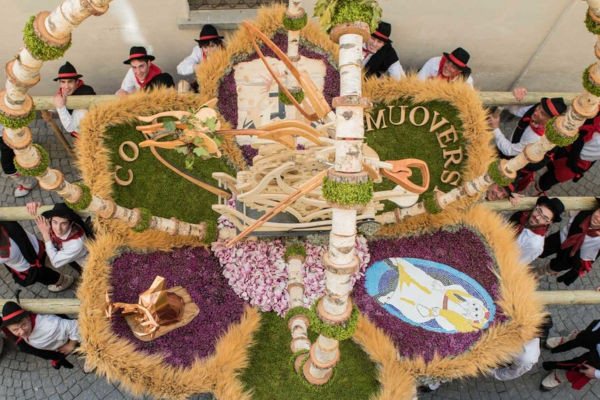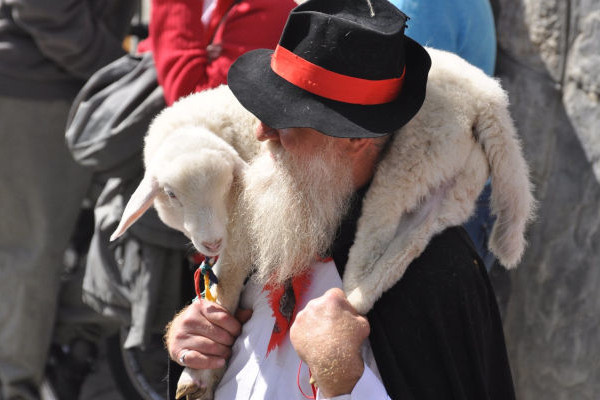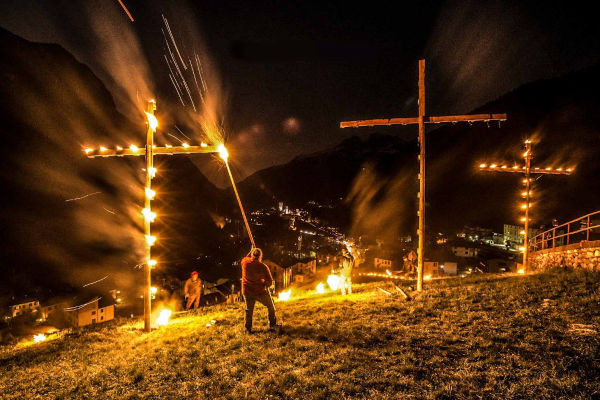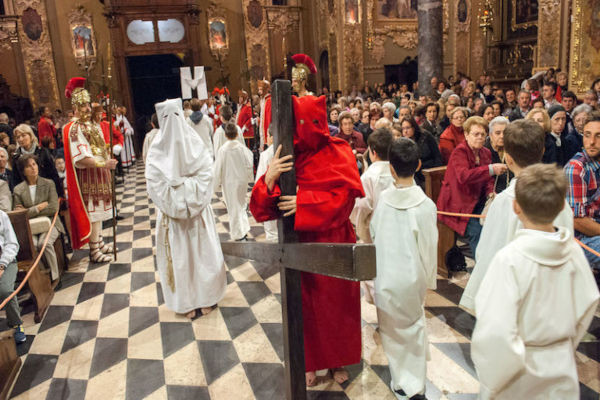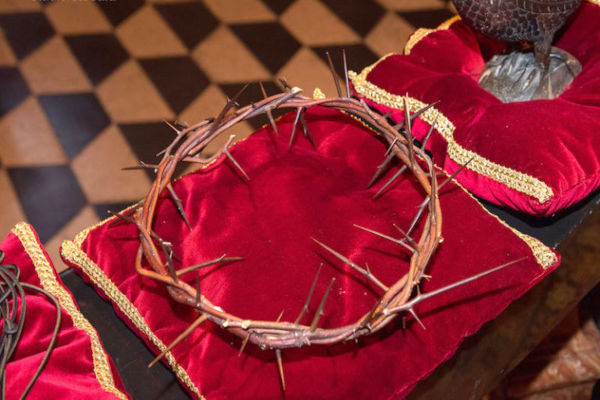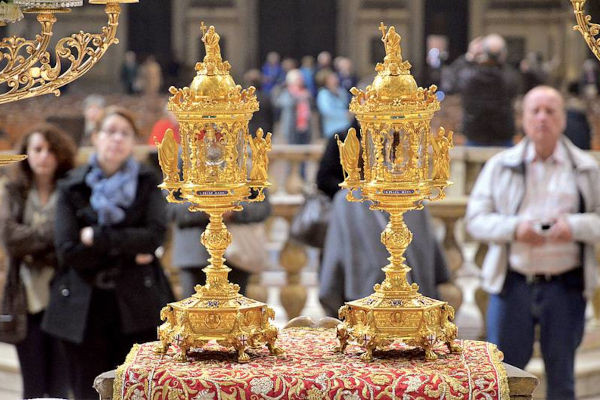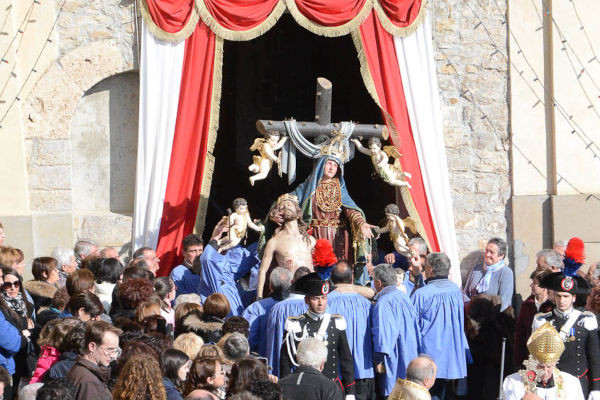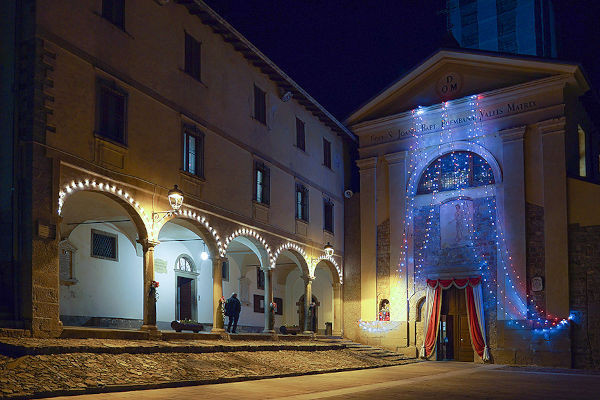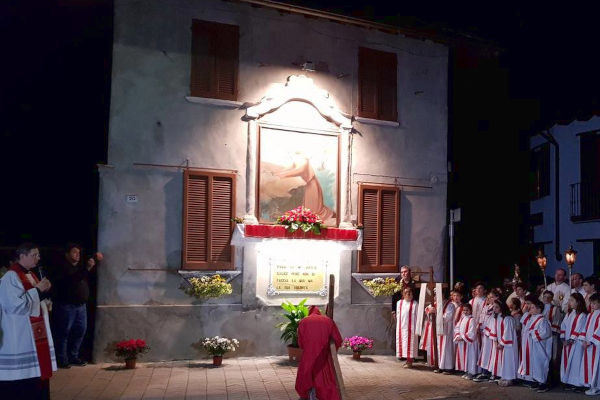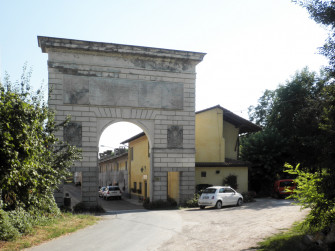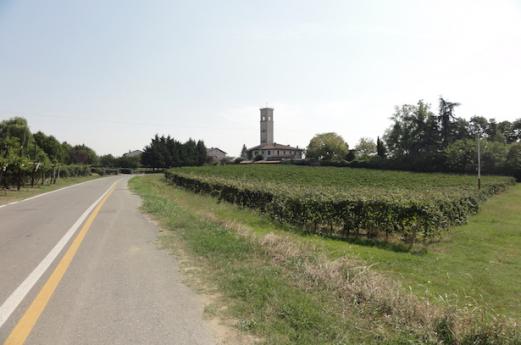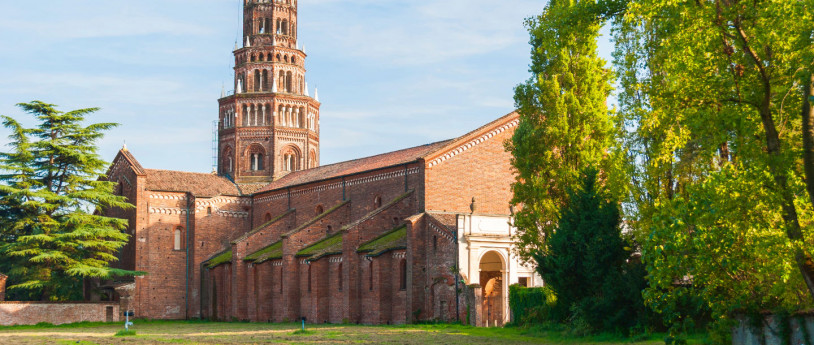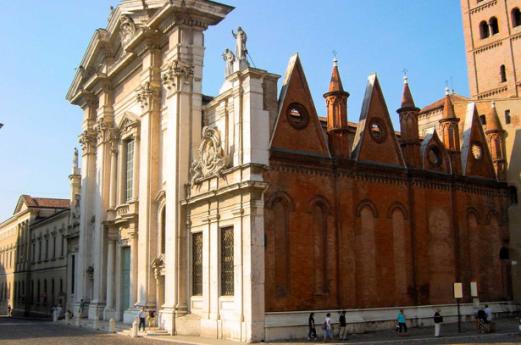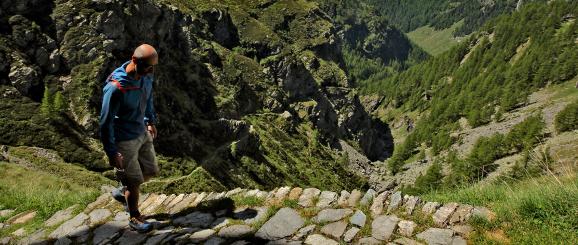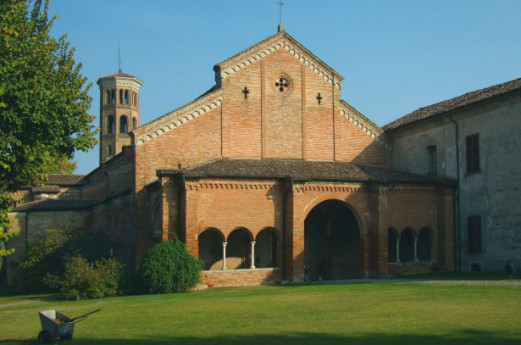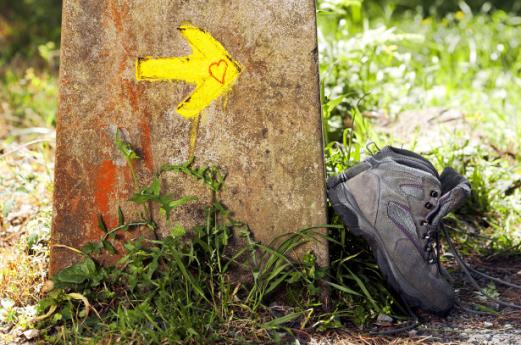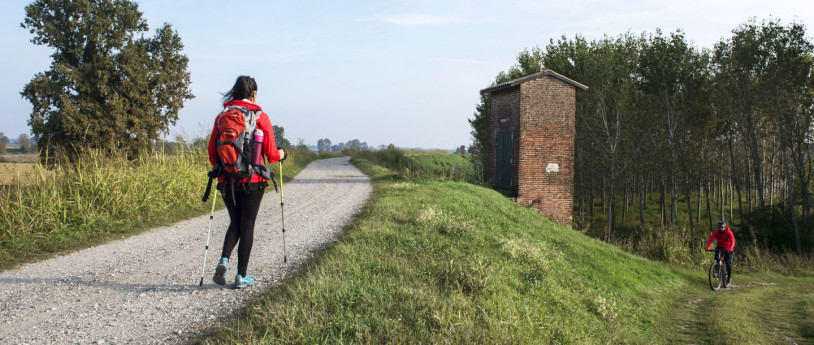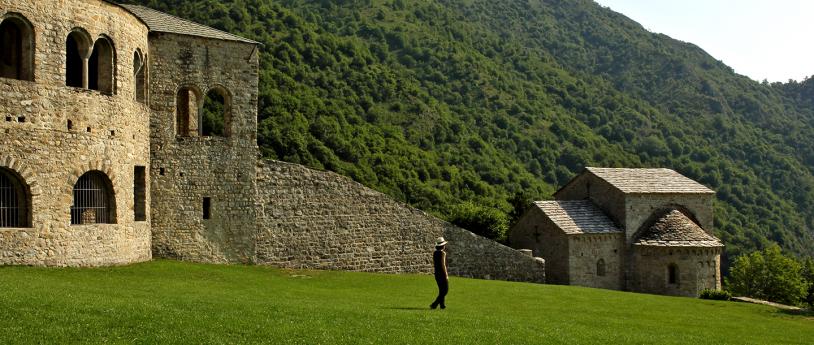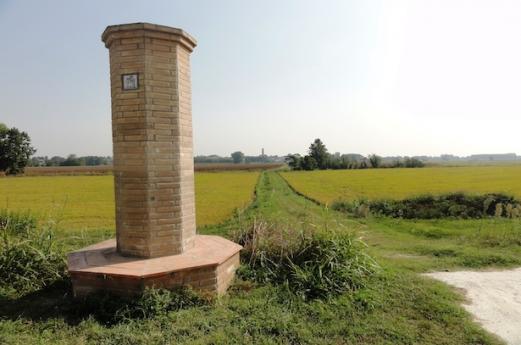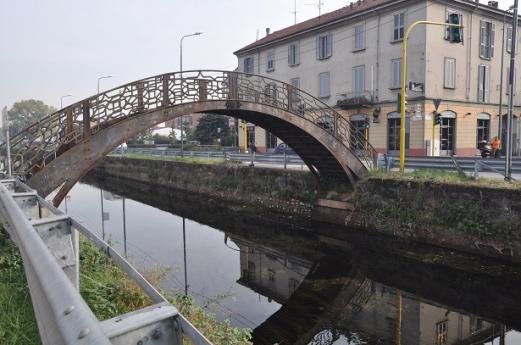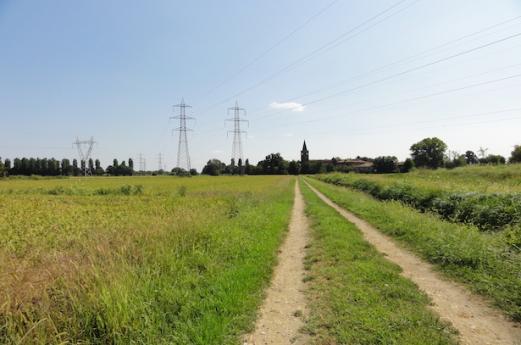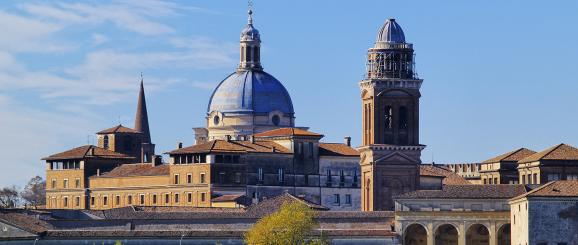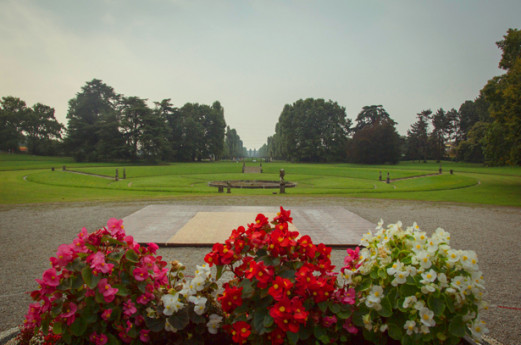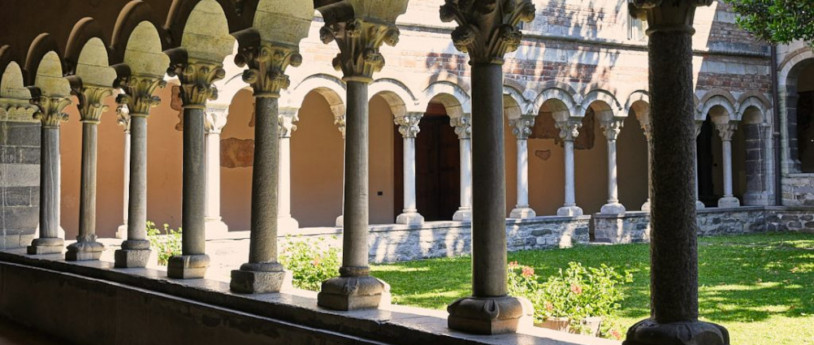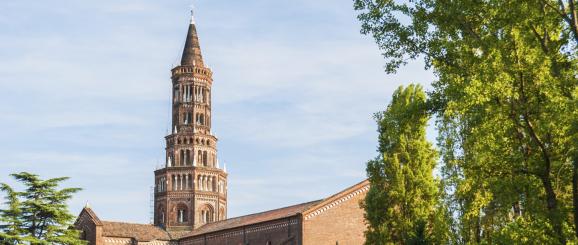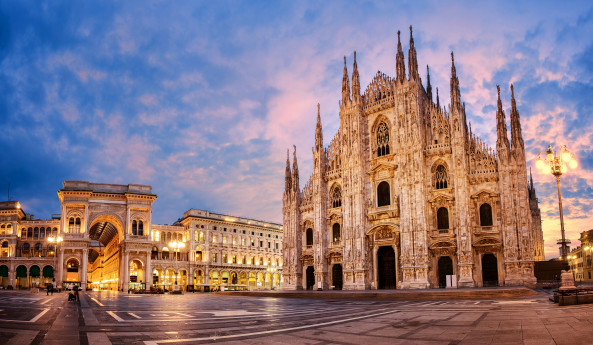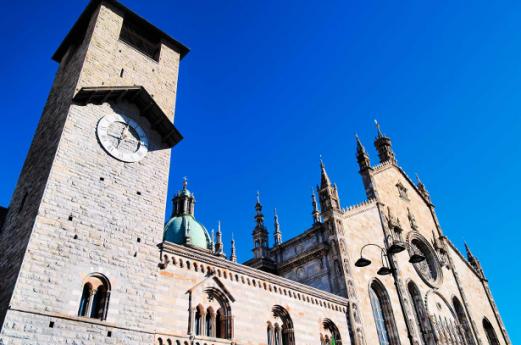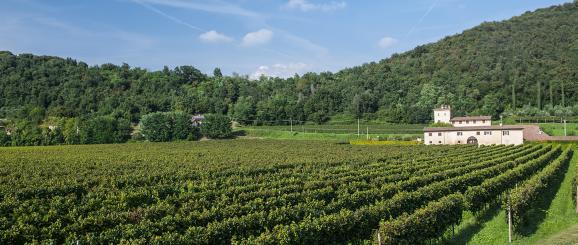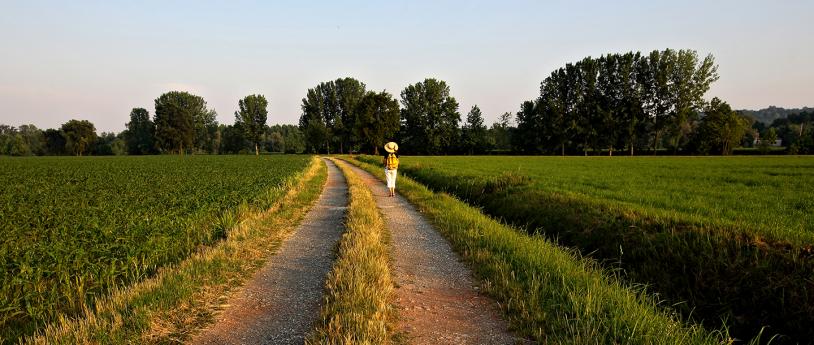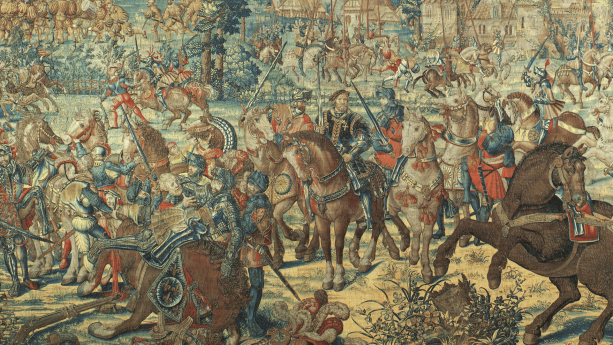- Religious Tourism
- Lifestyle
The Easter rituals that bring Lombardy to life
A solemn feast for the whole Christian world that celebrates the Resurrection of Christ, this year Easter falls on March 31.
This day of rebirth and joy is preceded by Holy Week (from Palm Sunday to Holy Saturday). The celebration concludes with Easter Monday, called “Monday of the Angel” to commemorate the appearance of the angel to the women at the tomb. Also known as “Pasquetta”, it is a day that is traditionally dedicated to family outings.
Easter in Lombardy's traditions
For centuries, in Lombardy, the liturgical celebrations of Easter have been accompanied by religious and folkloric rites, processions, exhibitions of relics and works, and sacred events that take place in many of Lombardy's cities and towns.
Let's discover the most exciting events of this period...
The Pasquali parade in Bormio
The Pasquali parade in Bormio, in Valtellina, are a 600-year-old tradition involving the town's inhabitants, craftsmen and enthusiasts. The floats are allegorical sedan chairs with a religious theme, built during the winter by the various districts of the town. On Easter Sunday they parade through the historic centre, carried on the shoulders of 'Pasqualisti' and accompanied by inhabitants of Bormio in typical costumes, before reaching Piazza Kuerc, where the ancient Bajona bell tolls. Here, they remain on display until Easter Monday. In line with a tradition with peasant origins, the colourful procession is accompanied by horses, donkeys, and blessed lambs.
Ancient Easter processions in the Seriana Valley
On the evening of Good Friday, the procession of the Dead Christ of Gromo (BG), in the Seriana Valley, represents a moment that is extremely important to all the inhabitants of this medieval village. This historic Easter tradition involves the whole town, which is illuminated by candles and bonfires that are lit in the meadows and on the rocks of the Serio river. The procession is opened by the statue of the Dead Christ, a large crucifix dating back to the 1500s, which is followed by crosses and symbols of the Passion of Jesus, including the crown of thorns. The tradition continues at the table, where Maiasa, a cornmeal cake with onions, dried figs and apples, is eaten to herald the end of Lent.
In Vertova (BG), on every Good Friday since 1730, the "Deposition of Jesus on the Cross" has been performed: in this rite, Jewish figures lay the body of Christ (the statue of the Dead Christ with articulated arms, made in 1725 by Andrea Fantoni) onto a religious float. Around them are characters in costume and groups of Roman soldiers with long spears. The "Solemn procession" then begins, ending with a barefoot, hooded believer in a red robe carrying a cross on his shoulders: an anonymous penitent, known only to the parish priest.
Easter in Mantua: the exposition of the Holy Vases
In Mantua, on the afternoon of Good Friday, one of the oldest Easter traditions in Lombardy takes place: the exposition of the Holy Vases, which are kept in the underground crypt of the Basilica of Sant'Andrea. According to Christian tradition, these precious vessels contained earth soaked in the blood of Christ, which was collected by the legionnaire Longinus at the foot of the Cross. The relics, which are removed from the coffers that hold them in an elaborate ceremony - involving the opening of 12 locks and bolts, in the presence of high state and church officials - are displayed for the adoration of the faithful, at the foot of the crucified Christ in the apse of the cathedral.
The procession that paves the way for Easter: Madonù di Dossena
Another of Lombardy's centuries-old Easter traditions is the procession of the Madonù of Dossena, a life-size wooden statue of Our Lady of Sorrows holding the body of the Dead Christ, which is venerated by the people of Dossena and the surrounding valley. The processions take place over nine days before Good Friday, in the village that straddles the Seriana Valley and Brembana Valley. Devotees of the Mother of Jesus invoke her protection and - as thanks to the Madonù - offer gold jewellery, which they hang on the statue, where it remains forever as an ornament.
Tromello, the procession of the Crocione
For hundreds of years, in Tromello (PV), a municipality in the Lomellina region, the procession of the Crocione has been held on Maundy Thursday. Associated with repentance and the request for grace, the procession (whose origins date back to the seventeenth century), is led by a barefoot, hooded penitent, who carries the cross through the village streets. Chains at his ankles echo along the Way of the Cross, in the silence of the crowd and the approaching night...
-
